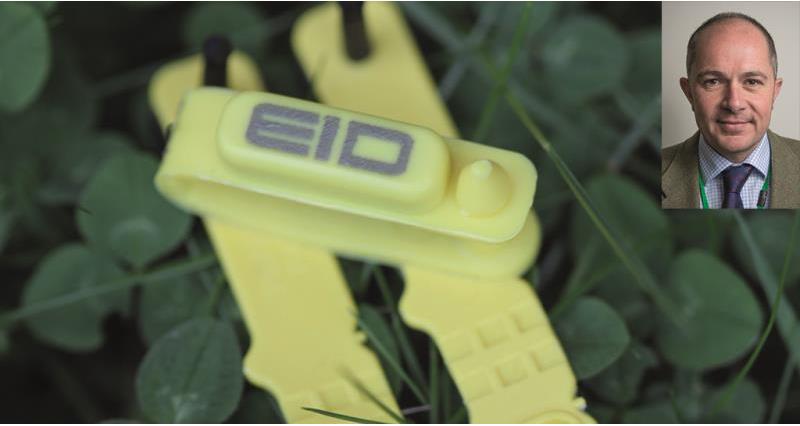As a member of the Defra Traceability Design Board we’ve been looking at how the industry could mandate the introduction of EID tagging alongside the introduction of a new replacement database to record animal movement history.
We believe that moving to digital reporting, recording and EID for cattle has the potential to drive the single biggest efficiency gain for both Defra and the supply chain. Existing paper-based systems, although functional, are now seen as a little clunky, time-consuming and can be prone to transcription errors. EID would allow almost real-time digital recording of data.
The benefits are significant: reduced handling to read tags improving health and safety on farms and at processing sites and markets reducing costs and errors.
However, the potential of linking real-time movement history to management information is where the big wins will come – this might include assurance status, lifetime medicine history, health status and feedback from processors on inspection and classification data to finishers and rearers that could really drive productivity gains.
How we introduce EID is of course the challenge. A phased approach will no doubt be necessary whereby calves registered from a point in time would be EID identified. This would remove the need for a cattle passport as the tag would ‘talk’ in real time to the database. This database would hold all the animals’ movement history alongside the date of birth, breed, sex, dam ID and holding of birth.
Further phases could see a date in time where animals that move off the holding would need to be EID identified and then so do those animals that remain on farm.
The aim would be to keep the transitional period relatively short so the benefits of EID is realised by all in the supply chain, as soon as possible.
